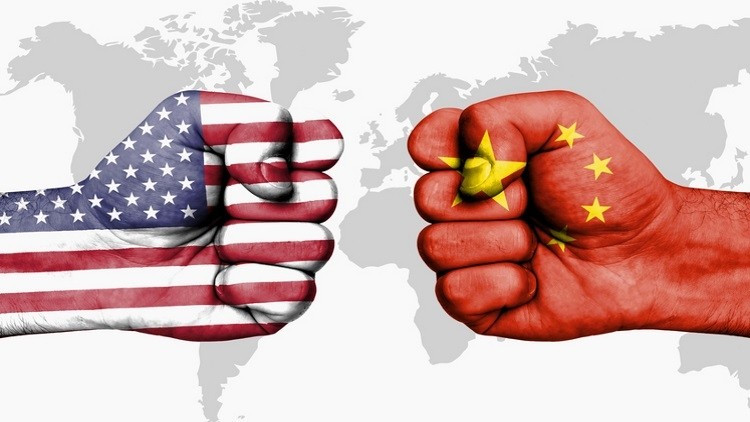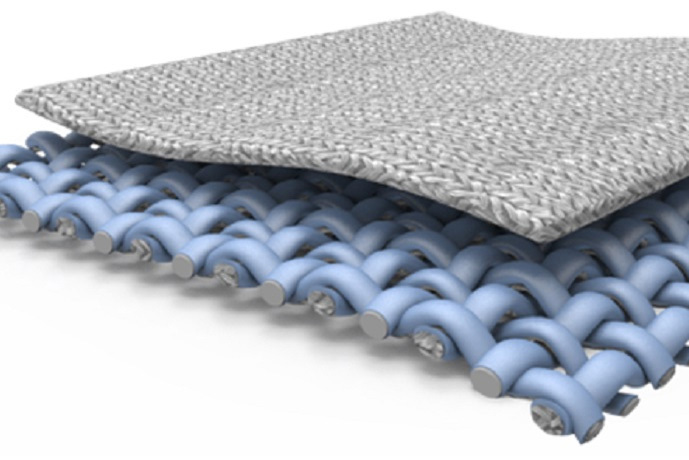The USA has decided to impose 25 per cent tariffs on $16bn of Chinese imports from August 23.In order to safeguard its legitimate rights and interests, China has decided to impose a tariff of 5-25% on USA $60 billion worth of goods, which will be implemented in parallel with the us.Recently, the trade war between China and the United States has been raging, but has this war affected the textile industry?
For the United States:
While most American businesses are underwhelming and pessimistic about President trump’s trade war with China, one American industry is cheering him on: textiles.
In 1999, the U.S. imported $8.5 billion worth of textiles and apparel from China, and exported about $176 million in China alone.Until last year, the United States imported $45 billion in Chinese products and exported less than $1 billion.There is a $44 billion trade gap in textiles and clothing alone.Nearly two decades after the US opened trade with China, the US textile industry has shrunk dramatically, from 1.13 million in 1999 to fewer than 350,000 today, according to the US Bureau of Labor Statistics.Lloyd Wood, director of public affairs at the National Council of Textile Organizations, said publicly that it would be self-serving for the us Textile industry to put all its eggs in the Chinese basket.
On the other hand, the United States has not given up its textile industry.In April 2016, the White House established the eighth NNMI project (national manufacturing innovation network initiative) : revolutionary fiber and textile innovation manufacturing center, which aims to upgrade traditional textiles into a new generation of integrated and networked textiles under the NNMI framework.It is clear that although the us textile industry is heavily dependent on China, most of its workers are already aware of the crisis.
For the Chinese side:
For China, textile and clothing is one of the most important export categories.According to the us tax increase list, the major impact of the first round is on the transportation, communications, electronics and machinery manufacturing industries.In the second round of tax collection, the size of tax collection increased by $200 billion from $50 billion, and the scope of tax collection was significantly expanded.The tax scope covers 6,048 items of 8-digit HS commodities, covering most of the 2-digit HS sub-industries, among which chemicals, textiles and metal products account for the most 8-digit HS, accounting for 1,435, 932 and 733 items, accounting for 23.7%, 15.4% and 12.1% respectively.Textile clothing, shoes and hats, although also into the tax range, but accounted for no more than 10%.Obviously, the import of textile industry from China is still irreplaceable in the short term.
Notably, China used to be the cheapest country in the world to work in the textile industry.But as China’s economy has grown rapidly, labor costs have nearly tripled over the past decade.This has led to rising production costs for textile manufacturers in China.Below this kind of circumstance, industry returns home to be inevitable trend.
How to deal with it?
Only from the list of tax increases, the trade war between China and the United States did not bring much impact on the domestic textile industry.But domestic textile industry profit is gradually shrinking is not to be ignored.
Intelligent manufacturing is a particularly hot word in recent years.The state council proposed to vigorously develop intelligent enterprises, promote large-scale intelligent upgrading of enterprises, and expand the supply of intelligent products.During the 13th five-year plan period, China’s textile industry was redefined. One of its meanings was “an industry integrating science and technology with fashion”.Faced with the global economic downturn and weak market demand, China’s textile and garment industry began to deepen the transformation and upgrading several years ago. Intelligent manufacturing is an inevitable choice for the whole industry to improve quality and efficiency.
Secondly, the lack of brand of textile and garment industry has been a problem.For enterprises, they should pay attention to product design and learn innovation at the same time to follow the development of science and technology.After all, only their own product quality, will not be eliminated in the process of market development.
Post time: Aug-19-2019






